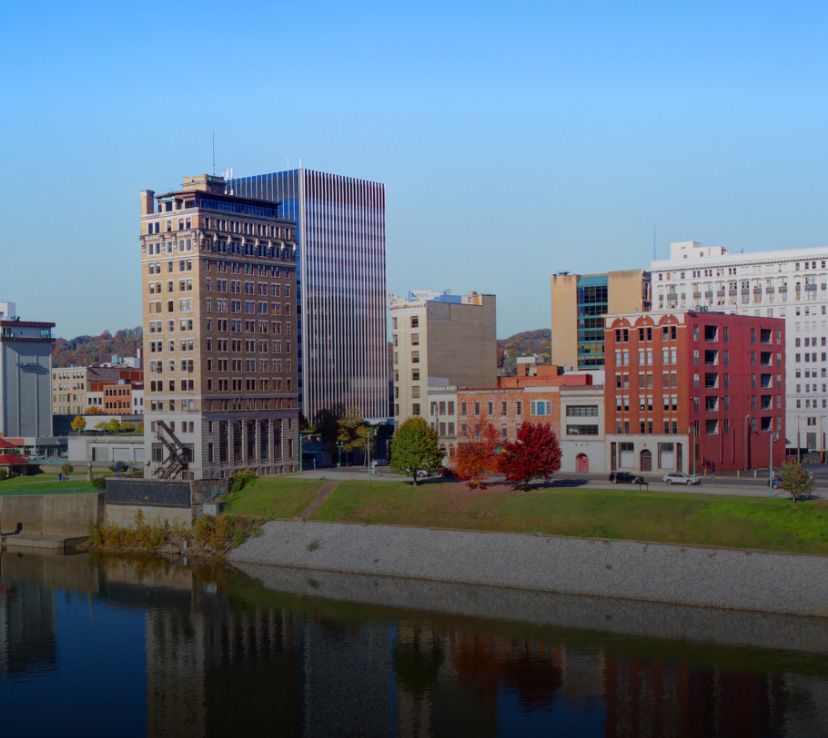Everyone has experienced a burn from grabbing something from the oven or accidentally touching the pan while cooking. Most of these low-severity burns will heal in a few days, and we can move on with our lives. When they are severe, though, they can have lasting consequences on our daily lives. This can be quality of life and emotional well-being, physical abnormalities, nerve injuries, or even financial damage from medical bills.
Lasting Effects of Severe Burn Injuries And Complications
The recovery time of a severe burn can be extensive. According to a journal in the National Library of Medicine (NLM), Superficial burns may heal in a few days, while a full-thickness third-degree burn may take a month or more to heal. This recovery time may include services such as:
- Hospital stays
- Surgeries
- Physical or occupational therapies
- Mental Health Interventions
For many, the injuries will require ongoing coping and support. This may be emotional support from family and friends, a therapist, or ongoing physical therapy. Current textbooks are now teaching the demonstrated link between significant scarring and deformation and an increase in depression and anxiety, and in some cases, Post Traumatic Stress Disorder (PTSD).
Some people may require support from a Speech Language Pathologist (SLP) to learn to swallow and eat again if burns occur on the neck, throat, or mouth. Burns that heal over a joint may require intervention from an occupational therapist to help with range of motion. Scar tissue buildup can make joints stiff and sometimes painful.
In the event of severe burns over a large surface area, people may suffer complications like Distributive Shock that may lead to Multiple Organ Disruption Syndrome (M.O.D.S.). This can happen due to blood flow disruption to organs, resulting in the failure of two or more organs. While this may not directly result from the burn, it can have lasting consequences requiring life-long medical follow-up and mental health struggles.
What Counts As A Severe Burn?
Burns are divided into first, second, and third-degree burns. These can also be categorized as superficial, partial, and full-thickness burns.
- First-degree burns are the mildest. These only affect the top layer of skin and are typically red and painful but will not blister.
- Second-degree burns are a little bit more severe. These are known as partial thickness burns and may need medical attention. There can be blisters, and the burn can be red and painful.
- Third-degree burns are typically severe and can go to the muscle or bone. This may appear white or even charred and normally will not hurt because the nerves have been destroyed.
- Johns Hopkins identifies severe burns as the below:
- Any full-thickness or third-degree burns
- Partial thickness burns over 10% or more of the body or burns that go all the way around any area of the body
- Burns affecting the airway or lungs
Lasting Reminders of Severe Burns
It is common for people who are severely burned to experience it as a traumatic event. Severe burns can leave a constant need for interventions, be it medical or emotional. Even if further intervention isn’t needed, scarring can cause physical pain and serve as an emotional reminder of possibly the worst experience of their lives. Speak with our Charleston, WV personal injury lawyers for a free consultation if you are injured due to someone else’s negligence.

